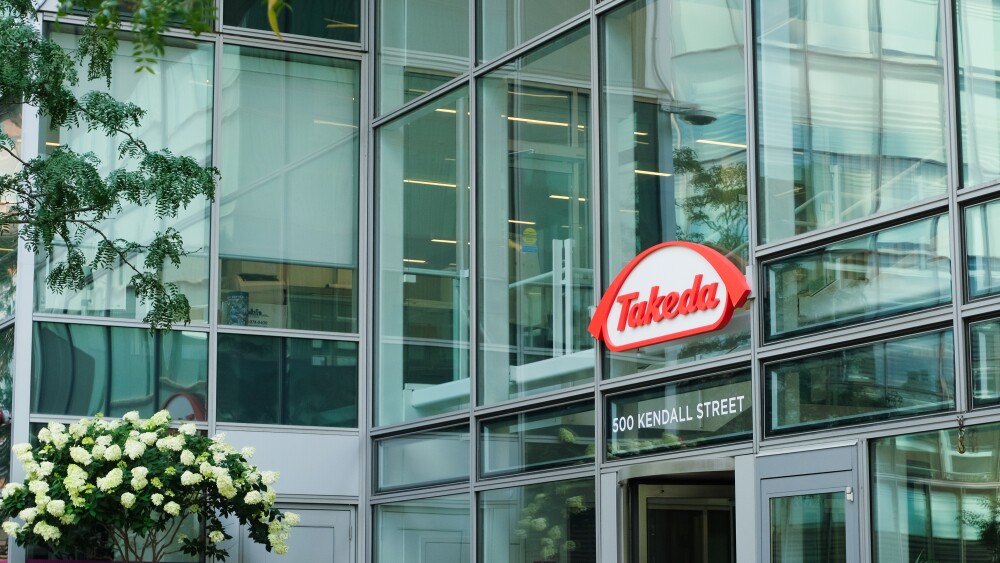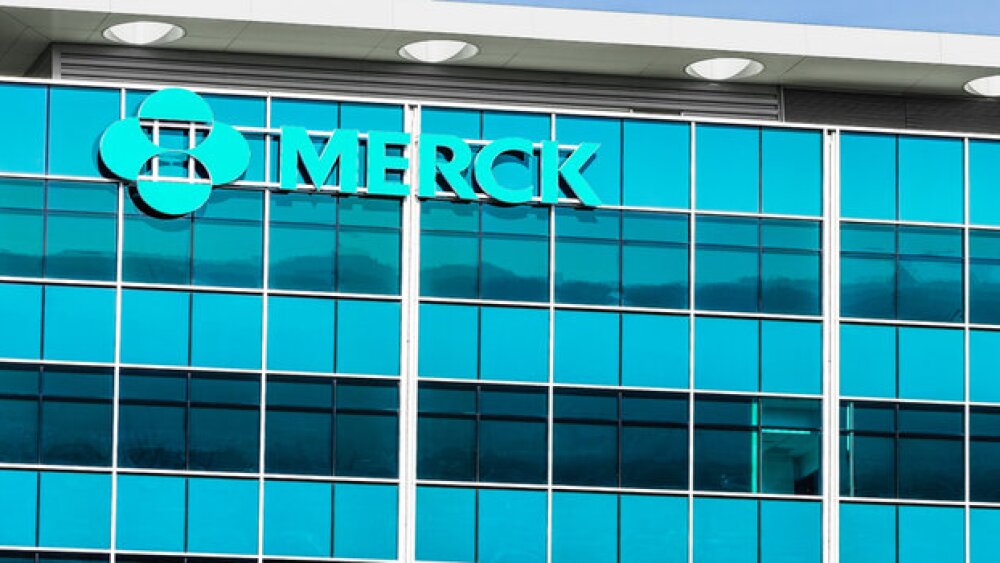Keytruda is set to lose exclusivity in 2028, meaning Summit may face competition from cheaper biosimilars. Meanwhile, other branded drugmakers are also seeking to improve on the blockbuster checkpoint inhibitor.
Summit Therapeutics’ attempt to dislodge Merck’s mega blockbuster Keytruda is nearing a key moment. Building on results that supported ivonescimab’s approval in China, Summit is closing in on the first of a series of readouts from global Phase III trials of the bispecific antibody that could shape the future of cancer treatment.
Akeso, Summit’s Chinese partner, sent interest in PD-1/L1xVEGF bispecifics into overdrive in September 2024 when ivonescimab was linked to a 49% reduction in the risk of disease progression or death when used as a first-line treatment in non-small cell lung cancer (NSCLC), compared to Keytruda. Beating Keytruda, a drug that generated sales of almost $30 billion last year, established ivonescimab as one of the hottest assets in biopharma R&D.
Within three months of Akeso sharing the data, BioNTech paid $800 million to buy its PD-L1xVEGF bispecific partner Biotheus and Merck handed LaNova Medicines $588 million to enter the race. The companies are eager to carve out opportunities in a market that Summit values at more than $90 billion.
Ivonescimab Nears the Summit
Ivonescimab is the frontrunner. In May 2024, Chinese authorities approved the bispecific for use in a subset of NSCLC patients who have progressed after tyrosine kinase inhibitor (TKI) therapy. Akeso secured a broader Chinese label, covering first-line NSCLC patients, last month.
The biotech published overall survival (OS) data alongside news of the label expansion, sparking a debate about the chances that ivonescimab will unseat Keytruda. Akeso linked the bispecific to a 22.3% reduction in the risk of death compared to Keytruda in an interim OS analysis. The difference fell short of statistical significance and analysts were split on the implications for the asset.
Summit’s share price fell in the wake of the OS update but the biotech has chances to reverse the dip. Results from a global Phase III trial that is testing ivonescimab in NSCLC patients who progressed on a TKI are due in mid-2025. The indication is the setting where ivonescimab first won approval in China. Johnson & Johnson won approval for Rybrevant in patients who progress on the TKI Tagrisso last year.
Jack West, vice president of clinical development at Summit, discussed the competition on an earnings call May 1. The Rybrevant regimen “has a combination of efficacy with toxicity liabilities that looks very different from what chemo and ivonescimab offers,” West said, adding that clinicians see “a great need for alternatives that have a very different and potentially less challenging toxicity profile.”
The upcoming Phase III data will provide a first look at whether Summit can replicate the results of Akeso’s Chinese trials. Analysts are looking to the readout for hints about the prospects of global first-line NSCLC trials that are comparing ivonescimab to Keytruda. One trial is enrolling patients with high PD-L1 expression. The other study is accepting participants with any level of PD-L1 expression.
Merck established Keytruda as the go-to drug in PD-L1-high NSCLC patients in 2016, claiming a decisive edge over Bristol Myers Squibb in the process. BMS included patients with lower PD-L1 levels in its Phase III Opdivo study and missed its primary endpoint. Merck subsequently showed Keytruda improved OS in squamous NSCLC of any level of PD-L1 expression.
The studies made Keytruda the drug to beat in key NSCLC settings targeted by Summit, but the biotech could face a fight for the market even if it beats Merck’s blockbuster in the clinic. Keytruda is set to lose exclusivity in 2028, meaning Summit may face competition from cheaper biosimilars, and other branded drugmakers are seeking to improve on the blockbuster checkpoint inhibitor.
BioNTech and Merck Give Chase
Summit’s competition includes other PD-1/L1xVEGF bispecifics. BioNTech started a Phase II/III trial of its PD-L1xVEGF bispecific BNT327 in first-line NSCLC in January. Truist Securities analysts said in a note to investors that the candidate has a longer half-life than ivonescimab. BioNTech CEO Ugur Sahin said on an earnings call in November 2024 that BNT327 might achieve better response rates and durability, too, because it hits PD-L1 rather than PD-1. However, Sahin added that it is too early to tell if BNT327 has an edge.
Merck is the big name in the pack of companies chasing Summit and BioNTech. LM-299, a candidate that Merck licensed from LaNova, entered the clinic in October 2024. Merck executives defended themselves on an earnings call last month against an analyst’s suggestion that they are “chasing the frontrunners” rather than trying to do something innovative.
Part of the defense rested on the potential for Merck to leapfrog the competition and take the lead if PD-1/L1xVEGF bispecifics are combined with other assets. Speaking before Akeso’s interim OS miss last month, Dean Li, president of Merck Research Laboratories, said the field was still waiting to see overall survival benefits better than achieved from drugs such as Keytruda and to confirm in global studies the efficacy seen in China-based trials.
“Should that PD-1xVEGF show that OS benefit, we have an advantage of having unique portfolio agents that have clear potential for combinability,” Li said. “We are looking at our own data and the data in the field as we make those decisions.”
Merck’s rivals are also planning combinations, with BioNTech looking to pair BNT327 with candidates in its pipeline and Summit teaming with Pfizer to access the pharma’s antibody-drug conjugates (ADCs). The companies could face competition from other mechanisms and modalities, including ADCs. Jefferies analysts said in a note that Akeso’s OS miss could be good news for Daiichi Sankyo’s AstraZeneca-partnered ADC Datroway.
“Datroway and ivonescimab work by completely different mechanisms but may wind up competing for the same pool of non-squamous [NSCLC] patients,” the analysts said. “We remain bullish on Daiichi Sankyo ahead of upcoming Datroway events.” Topline data from a trial of Datroway in first-line NSCLC patients are due in the second half of 2025.
Expanding Beyond NSCLC
The trials of PD-1/L1xVEGF bispecifics in NSCLC are part of a broader R&D push. Developers are racing to prove their bispecifics can beat standalone PD-1/L1 drugs in indications where checkpoint inhibitors are established as well as unlock markets where treatments such as Keytruda never won approval. Small cell lung cancer and triple-negative breast cancer are among the indications the companies are targeting.
Data from the trials will affect thousands of patients and shape markets worth tens of billions of dollars. The full story will take years to play out, but the mid-2025 readout on ivonescimab could go down as a key early chapter in the tale.







